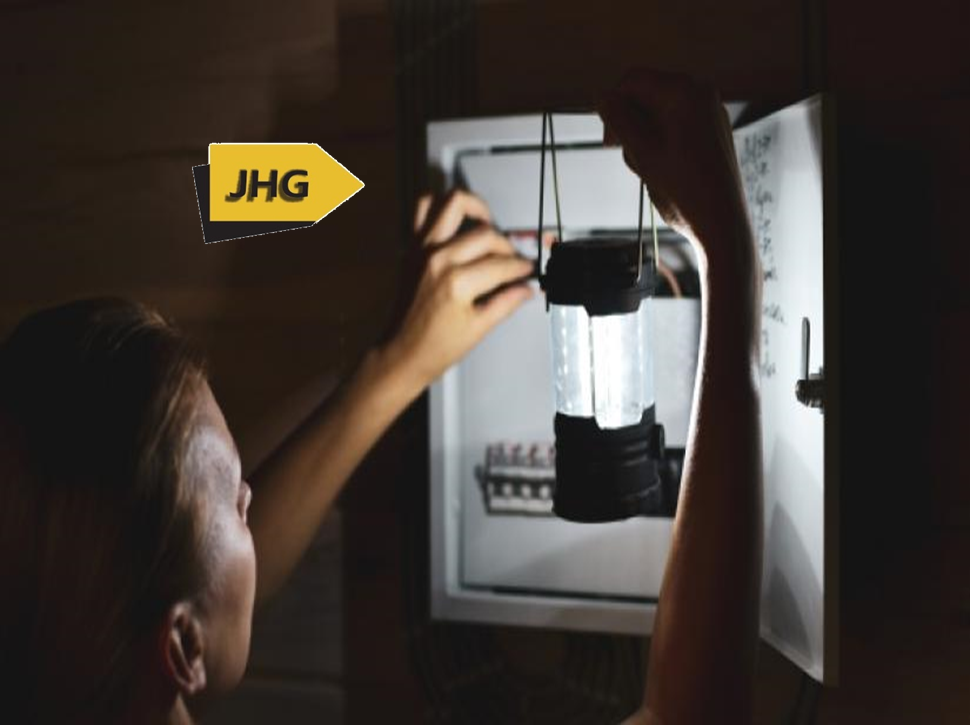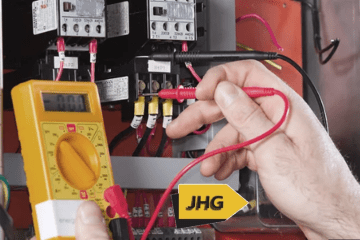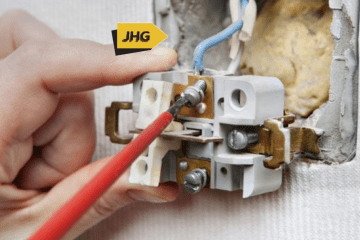The first thing many people do in a power outage is found flashlights and candles to illuminate the dark house. Another consequence of a power outage is that refrigerators and freezers also stop working. As food warms up over time, it will spoil, leading to wasted food and lost money. What can you do to mitigate the loss of perishables during a power outage? Here is what you need to do when your home has a power outage with food in the fridge.
Your local professionals at Just HardRich Global Resources Limited have some suggestions that can help reduce the loss due to a power outage and ways to protect your home and electrical devices from damage in the future.
How Long Will a Fridge Stay Cold Without Power?
Although power outages happen in the blink of an eye, refrigerated food will not instantly go to room temperature. In fact, depending on the refrigerator model and a few other factors, your refrigerator can keep it cool for about four hours, while a freezer could stay cold for up to 48 hours.
Here are some tips to keep your refrigerator and freezer temperatures safe for food storage during a power outage:
- Keep the door closed as much as possible to keep cold air inside the refrigerator.
- Always keep freezer packs ready to keep food cold when the power goes out.
- Use a surge protector to avoid your refrigerator being permanently damaged, preventing it from cooling again once power returns.
How Long Will Food Last Without Power?
Thinking of what you need to do when your home has a power outage with food in the fridge? A general food safety rule is to keep perishable foods below 41°F. When products become warmer than that, they grow bacteria that can lead to illness after the food is consumed. How long it takes for your refrigerator to reach that temperature will depend on the model, how long the door is open, and other factors.
The longer the refrigerator is without power, the more likely it becomes that you will have to throw out food. During a power outage, put a thermometer inside your refrigerator to monitor the temperature. Once the temperature approaches the threshold, it’s best to do one of three things:
- Move food to coolers with ice.
- Consume it.
- Throw it away.
What Size Generator or Solar system rating to Power a Refrigerator?
If you are in an area that suffers from routine power outages, you might consider getting a whole-house backup solar system or generator installed. However, solar systems or generators aren’t a one size fits all solution. To figure out what size generator or solar system rating you’ll need, add up the wattage of all the devices, lights, and appliances you plan to run with a generator or solar power.
How Much Power Does a Refrigerator Use?
Generators or solar power solutions are rated by wattage or KVA, respectively. A medium-sized refrigerator’s wattage ranges between 360 and 600 watts at 120 volts. While a large refrigerator would use 6.8 amps at 120 volts or 750 watts.
When an average refrigerator starts up it can use up to 13.2 amps for a moment before the compressor gets up to speed. Therefore, the generator or solar power solution must be sized properly to handle the inrush current. If they can’t handle the inrush current, the appliance will be damaged due to incorrect voltages being supplied by the struggling generator. So, the minimum sized generator or solar power solution for a medium refrigerator is 2000 watts, and 3000 watts (or their corresponding equivalents in KVA) for a large refrigerator.
Keep Your Food and Family Safe
Taking the proper steps before, during, and after a power outage can help keep you, your family, and your food supply safe. Contact Just HardRich Global Resources Limited at +234 803 255 9417 today to understand your power requirements.




